Step into a hidden world where water meets wilderness in Ontario’s freshwater wetlands – nature’s most dynamic and vital ecosystems. These remarkable landscapes, from sprawling marshes to secretive swamps, serve as both natural water filters and wildlife sanctuaries, supporting an astounding variety of plants and animals that call these wet wonderlands home.
Picture a complex mosaic where great blue herons wade through shallow waters, while endangered Blanding’s turtles bask on fallen logs. These wetlands aren’t just pretty places; they’re working ecosystems that help prevent flooding, filter our drinking water, and provide crucial habitat for countless species, from tiny dragonfly nymphs to majestic trumpeter swans.
Whether you’re an eager bird-watcher hoping to spot a rare marsh wren, a photographer seeking that perfect reflection shot, or simply someone looking to connect with nature, Ontario’s freshwater wetlands offer year-round opportunities for discovery. These living laboratories showcase nature’s resilience and remind us of the delicate balance between land and water that sustains all life.
Get ready to explore these remarkable ecosystems, where every visit reveals new secrets and every season brings different natural wonders to discover.
Ontario’s Freshwater Wetland Wonders
Marshes: Nature’s Water Gardens
Picture a serene landscape where water meets land in perfect harmony – that’s an Ontario marsh for you! These fascinating wetlands are nature’s own water gardens, where crystal-clear water typically remains shallow year-round, creating the perfect conditions for an incredible variety of wetland plant species to thrive.
Unlike their deeper cousins, marshes are characterized by their soft-stemmed vegetation that emerges directly from the water. Keep an eye out for cattails swaying in the breeze, wild rice dancing above the water’s surface, and delicate water lilies dotting the landscape like nature’s own artwork. These plants aren’t just pretty to look at – they’re crucial habitat builders, providing shelter and food for countless creatures.
What makes marshes truly special is their role as nature’s filters. Like giant natural sponges, they trap sediments and filter pollutants, keeping our water systems clean and healthy. During your visit, you might spot ducks dabbling in the shallows, hear the distinctive call of red-winged blackbirds, or catch glimpses of turtles basking on fallen logs. It’s nature’s most dynamic neighborhood, and everyone’s invited!
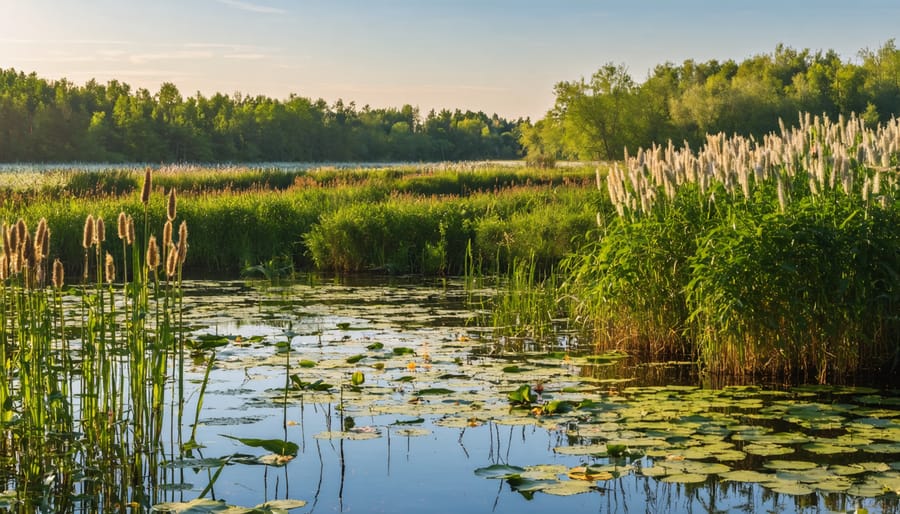
Swamps: The Forest-Water Connection
Imagine walking through a magical landscape where forest meets water, creating one of nature’s most fascinating ecosystems. Swamps are nature’s perfect blend of terrestrial and aquatic environments, where water-loving trees and shrubs create a mysterious yet vibrant habitat. Here in Ontario, our swamps serve as critical connections between forest wildlife habitats and aquatic ecosystems.
These enchanting wetlands are characterized by their slow-moving or standing water, which typically remains present for most of the year. You’ll spot distinctive trees like silver maple, black ash, and white cedar adapted to life with “wet feet,” their roots partially submerged in nutrient-rich waters. During spring and summer, the canopy creates a dense shade that helps maintain the swamp’s unique microclimate.
What makes our Ontario swamps truly special is their role as nature’s filter systems. They trap sediments, remove pollutants, and help prevent flooding by acting like giant sponges during heavy rains. For wildlife enthusiasts, these areas offer incredible opportunities to spot everything from salamanders and turtles to various bird species that call these wetlands home.
Pro tip: Visit during early morning hours when the mist rising from the water creates an ethereal atmosphere perfect for photography!
Wildlife Spotting in Ontario’s Wetlands
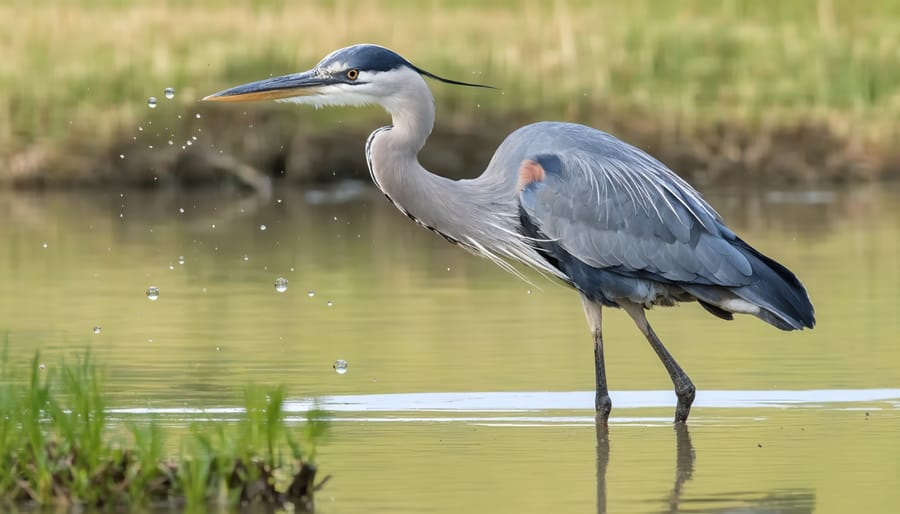
Birds of the Wetlands
Ontario’s wetlands come alive with the vibrant sights and sounds of our feathered friends throughout the year. Early morning and dusk offer the best opportunities to spot these magnificent creatures in action. Keep your binoculars ready for the majestic Great Blue Heron stalking fish in shallow waters, or the distinctive call of the Red-winged Blackbird among the cattails.
Spring migration brings an especially exciting array of visitors, including various species of ducks like Wood Ducks and Mallards. Look out for the secretive American Bittern, masters of camouflage who freeze with their beaks pointed skyward when spotted. Some of these birds, particularly urban wetland species like Canada Geese and Kingfishers, have adapted remarkably well to human presence.
For the best bird watching experience, visit boardwalks and observation platforms at places like Tiny Marsh Provincial Wildlife Area or the Long Point Provincial Park. These locations offer excellent vantage points without disturbing the birds’ natural habitat. Don’t forget to bring a field guide and wear earth-toned clothing to blend in with your surroundings.
Rare species to watch for include the endangered Least Bittern and the elusive Virginia Rail. Remember to maintain a respectful distance and avoid using flash photography, which can startle these sensitive creatures. Consider joining local birding groups for guided tours – they often know the best spots and can help identify different species.
Amphibians and Reptiles
Ontario’s wetlands come alive with the unique calls and movements of fascinating amphibians and reptiles. In spring, you’ll hear the cheerful chorus of spring peepers and wood frogs, creating nature’s own symphony. These amazing creatures, along with salamanders, play vital roles in wetland ecosystems, helping control insect populations and serving as food sources for larger animals, much like our native pollinators do in meadow habitats.
Keep an eye out for painted turtles basking on fallen logs – they’re a common and heartwarming sight on sunny days. The more elusive Blanding’s turtle, with its distinctive yellow throat, might also make an appearance if you’re patient and observant. Snapping turtles, though less commonly seen, are fascinating creatures that have called these waters home for millions of years.
For the best wildlife viewing opportunities, visit during early morning hours when these cold-blooded creatures are warming up in the sun. Many of these species are sensitive to environmental changes, making them excellent indicators of wetland health. Remember to maintain a respectful distance and never handle wildlife – these creatures are most comfortable (and visible!) when left undisturbed in their natural habitat.
Pro tip: Bring a pair of binoculars and a field guide to enhance your wetland wildlife watching experience. The quieter you are, the more likely you’ll spot these fascinating creatures going about their daily routines.
Best Wetland Viewing Spots
Accessible Boardwalks and Trails
Ontario’s wetlands are becoming increasingly accessible to visitors of all abilities, thanks to thoughtfully designed boardwalks and viewing platforms. Many conservation areas now feature wheelchair-friendly paths that wind through these fascinating ecosystems, allowing everyone to experience the magic of wetland wildlife up close.
The Boardwalk Trail at Mer Bleue Bog near Ottawa is a perfect example, offering a stable, wide platform that extends over 1.2 kilometers into the wetland. Families with strollers and visitors using mobility devices can easily navigate the smooth wooden surfaces while enjoying interpretive signs along the way.
For a more immersive experience, head to Cootes Paradise in Hamilton, where accessible viewing blinds provide quiet spots to observe waterfowl without disturbing them. The raised platforms are equipped with lower viewing windows, making them perfect for children and seated visitors.
Pro tip: Visit during early morning or late afternoon when wildlife is most active. Many accessible trails also offer benches at regular intervals, providing convenient rest stops. Remember to bring binoculars – the stable platforms make excellent spots for wildlife watching, and you might catch glimpses of turtles sunbathing or herons fishing in the shallow waters.
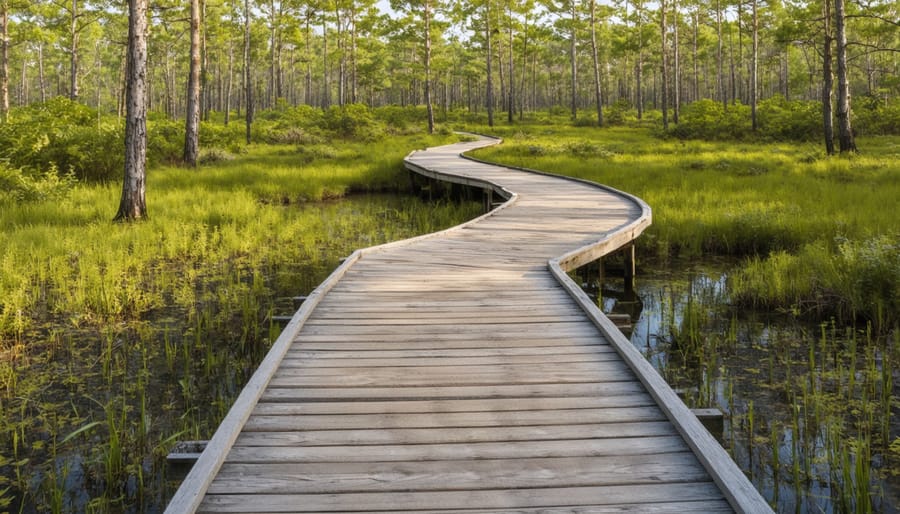
Hidden Gems for Nature Photography
While everyone flocks to the main boardwalks and observation decks, there are several secluded spots where nature photographers can capture stunning wildlife moments in peace. Dawn at Luther Marsh’s eastern shore offers remarkable opportunities to photograph foraging waterfowl without the crowds. The less-traveled northern section of Holland Marsh provides perfect lighting conditions for morning mist photos, with great blue herons often spotted fishing in the golden hour.
For macro photography enthusiasts, the small pools near Minesing Wetlands hide fascinating subjects like carnivorous pitcher plants and tiny spring peepers. Visit in late May when wildflowers carpet the wetland edges. The western inlet of Beverly Swamp becomes particularly magical during summer evenings when fireflies create natural light shows perfect for long-exposure shots.
Pro tip: Pack a lightweight camping stool and arrive 30 minutes before sunrise. This gives you time to set up without disturbing wildlife and catch the first rays illuminating morning dew on spider webs. Remember to bring rubber boots even in dry weather – the best shots often require venturing slightly off the marked paths. Always prioritize wildlife welfare over getting the perfect shot, maintaining a respectful distance from nesting areas.
Planning Your Wetland Visit
Best Times to Visit
Each season brings its own magic to Ontario’s freshwater wetlands, making them year-round destinations with distinct highlights. Spring (April to May) offers perhaps the most spectacular displays, as thousands of migratory birds return to nest and breed. This is also when you’ll witness the emergence of spring wildflowers and hear the cheerful chorus of spring peepers and other frogs.
Summer (June to August) brings warm, sunny days perfect for spotting turtles basking on logs and dragonflies darting above the water’s surface. Early mornings and late afternoons are ideal for wildlife viewing and photography, when animals are most active and the light is soft and golden.
Fall (September to October) transforms wetlands into a painter’s palette of red, orange, and gold. This season is excellent for bird watching as many species gather for their southern migration. The cooler temperatures also mean fewer mosquitoes and more comfortable hiking conditions.
Winter (December to March) reveals a different side of wetland life. Look for animal tracks in the snow, and enjoy activities like snowshoeing or winter bird watching. Many wetland boardwalks remain accessible year-round, though it’s best to check local conditions before visiting.
Pro tip: Visit during “shoulder seasons” (early spring or late fall) to avoid peak tourist crowds while still enjoying comfortable temperatures and abundant wildlife viewing opportunities.
What to Bring
To make the most of your wetland visit while treading lightly on these delicate ecosystems, pack these essentials in your daypack. Start with weather-appropriate clothing – lightweight, quick-drying layers work best. Don’t forget a waterproof jacket and sturdy waterproof boots or rubber boots, as paths can get muddy even on dry days.
For wildlife viewing, bring binoculars and a camera with a zoom lens. A basic field guide or nature app helps identify the diverse plants and animals you’ll encounter. Pack plenty of water and trail snacks in reusable containers to stay energized during your exploration.
Sun protection is crucial – bring a hat, sunscreen, and insect repellent (preferably natural). During spring and summer months, wear long sleeves and pants to protect against mosquitoes and ticks. A small first aid kit is always wise to have on hand.
For responsible visiting, carry a reusable water bottle and pack out what you pack in. Bring a small garbage bag for any trash you might find along the way – it’s a great way to help preserve these precious ecosystems. Consider bringing a small notebook for sketching or jotting down observations.
Pro tip: Keep your phone in a waterproof case or zip-lock bag, and bring a portable charger – you’ll want plenty of battery life for photos and emergency use.
As we’ve explored the wonders of Ontario’s freshwater wetlands, it’s clear these ecosystems are more than just scenic landscapes – they’re the lifeblood of our natural world. Every time you hear a red-winged blackbird’s call or spot a painted turtle basking in the sun, you’re witnessing part of an intricate system that’s essential for our environment’s health.
By choosing to visit these special places responsibly, you become part of their preservation story. Simple actions make a big difference: stick to marked trails, keep your distance from wildlife, and pack out what you pack in. Consider joining local conservation groups or participating in wetland cleanup events – it’s a great way to give back while connecting with like-minded nature enthusiasts.
Remember, these wetlands have been here for thousands of years, supporting countless generations of wildlife and playing a crucial role in flood control and water purification. Let’s ensure they continue to thrive for thousands more. Your next wetland visit isn’t just an adventure – it’s an opportunity to be a steward of these incredible ecosystems that make Ontario such a remarkable place to explore.

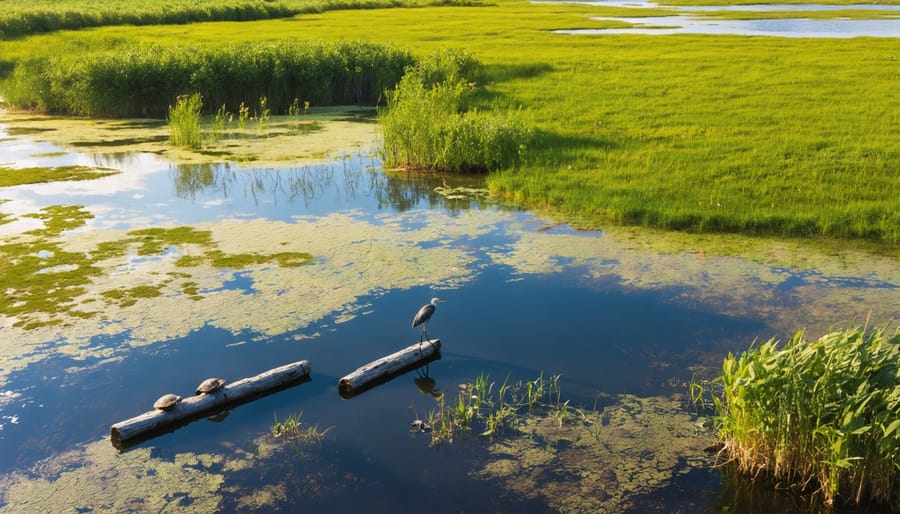
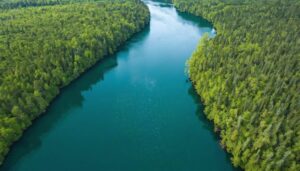



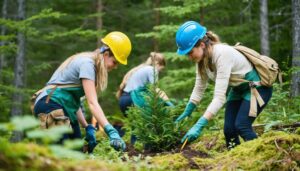


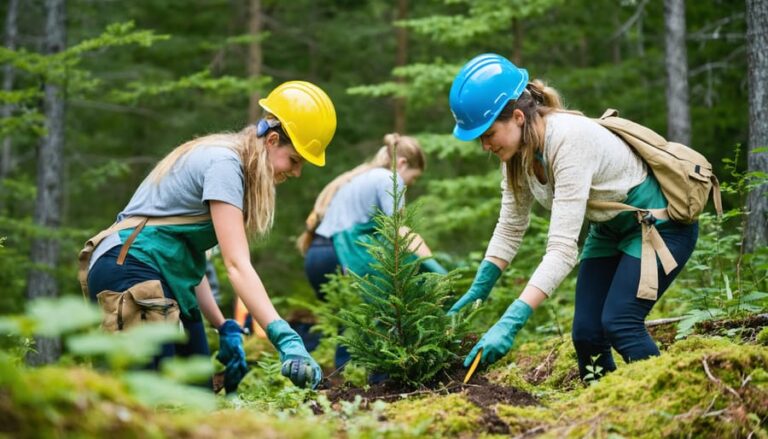

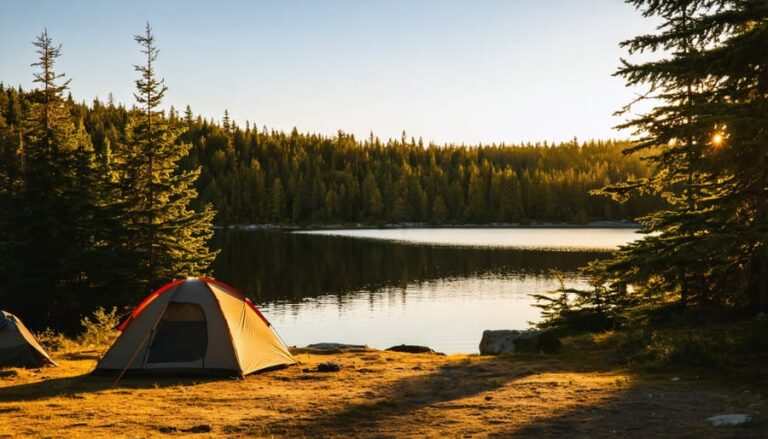
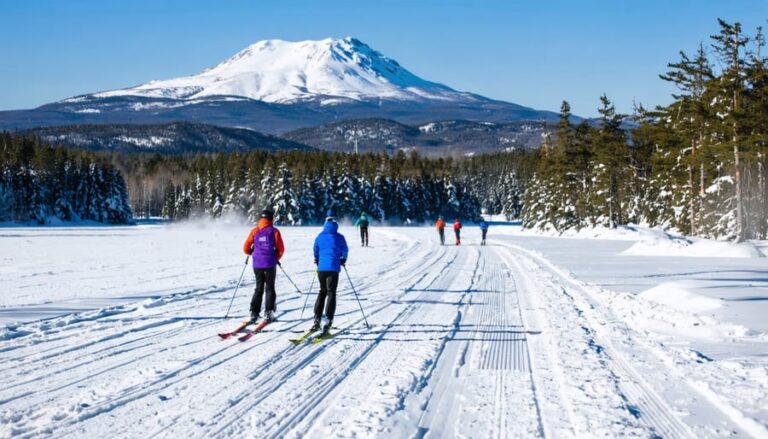

+ There are no comments
Add yours